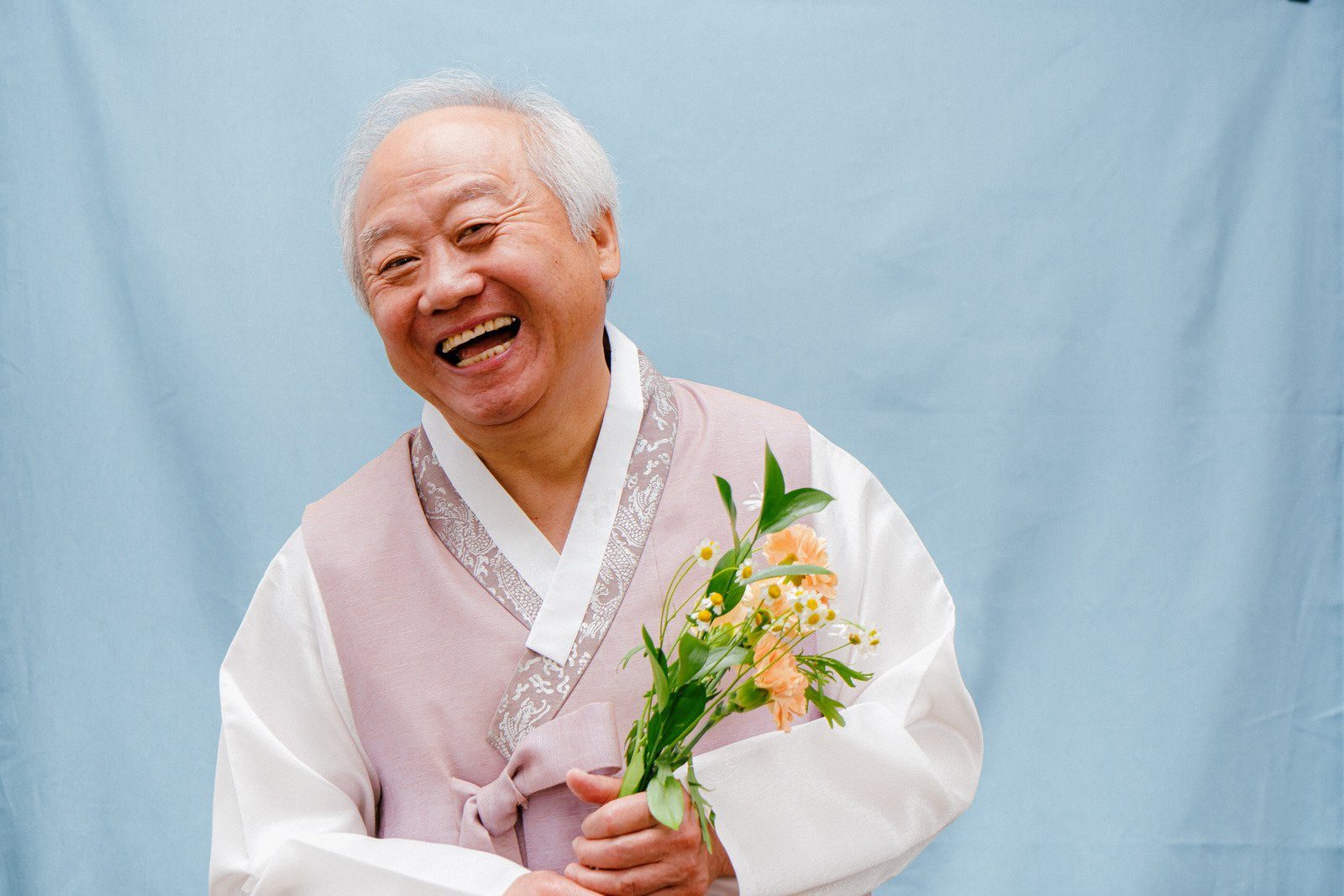Step into the time machine of fashion and prepare to be dazzled by the incredible evolution of women’s clothing! From the restrictive corsets that once defined femininity to the liberating crop tops that grace our runways today, women’s fashion has undergone a remarkable transformation over the centuries. Join us on this sartorial journey as we explore how societal changes, cultural shifts, and even world events have shaped women’s style throughout history. Get ready to uncover fascinating stories behind corsets, flapper dresses, military-inspired ensembles, feminist fashion statements, and the rise of everyone’s favorite midriff-baring trend – crop tops! Let’s dive in and discover how these iconic garments have become symbols of self-expression for generations of fashionable femmes. Fasten your seatbelts (but not too tight!) – it’s time for a stylish adventure through time!
The Influence of Corsets on Fashion
Long before the age of athleisure and body positivity, there was a time when women’s fashion was defined by one iconic garment – the corset. With its tight-lacing and hourglass silhouette, the corset reigned supreme for centuries as a symbol of femininity and elegance.
The influence of corsets on fashion cannot be understated. From the Renaissance era to the Victorian era, wearing a corset was considered essential for any respectable woman. It not only accentuated curves but also enforced societal norms of beauty and posture.
But let’s not forget about the downsides. The unyielding boning and constriction often led to discomfort, difficulty breathing, and even health issues such as organ displacement. Yet despite these drawbacks, women embraced this fashionable torture device in their pursuit of beauty.
As society progressed into the early 20th century, voices advocating for liberation grew louder. Women began challenging traditional gender roles and seeking more freedom in all aspects of life – including their clothing choices. The suffragette movement played an instrumental role in shifting attitudes towards fashion; corsets were seen as symbols of oppression rather than sophistication.
Corsets gradually fell out of favor as flapper dresses emerged during the roaring twenties. These loose-fitting garments celebrated youthful energy and rebellion against societal constraints – a stark contrast to the rigid structure imposed by corsets.
While today we may view corsets with nostalgia or curiosity, we can’t deny their lasting impact on shaping our ideas about beauty standards throughout history. As we move forward into more inclusive times, it’s important to remember how far we’ve come from those days when women sacrificed comfort for conformity – proof that true style should never come at such cost!
The Rise of the Flapper Era and the Liberation of Women’s Clothing
During the 1920s, a new era of fashion emerged that forever changed the way women dressed. Known as the Flapper Era, it was a time of rebellion and liberation for women who wanted to break free from traditional societal norms.
Gone were the days of corsets and restrictive clothing. The flapper style embraced loose-fitting dresses that emphasized freedom of movement. Hemlines rose, revealing more leg than ever before, and waistlines dropped to create a straight silhouette.
Flappers rebelled against conservative ideals by cutting their hair into short bobs and wearing bold makeup, challenging notions of femininity. They danced the Charleston with abandon and smoked cigarettes in public – behaviors previously considered scandalous for women.
The flapper look symbolized independence and confidence. Women were now able to express themselves through fashion without conforming to strict standards set by society.
Fashion designers such as Coco Chanel played a significant role in popularizing this new style. Her designs incorporated elements like drop waists, pleats, and beading that epitomized the glamorous flapper aesthetic.
The rise of the Flapper Era marked a pivotal moment in history where women took control over their own bodies and asserted their individuality through fashion choices. It paved the way for future generations to embrace personal expression without fear or judgment.
The Impact of World War II on Women’s Fashion
During World War II, women’s fashion underwent significant changes as a result of the societal and economic shifts brought about by the global conflict. With men being drafted into military service, women were required to take on new roles in factories and other industries traditionally dominated by men. This shift in responsibilities had a direct impact on fashion.
With practicality becoming more important than ever, women started wearing clothing that was comfortable and functional for their new roles. Dresses became shorter to allow for easier movement, and pantsuits became popular for work wear. Fabrics were also affected by wartime rationing, leading to the use of alternative materials such as rayon and nylon.
In addition to these practical changes, there was also a sense of patriotism reflected in women’s fashion during this time. Many designers incorporated military-inspired elements into their designs, including structured shoulders reminiscent of uniforms or buttons resembling medals.
The war also influenced hairstyles and accessories. With many women working long hours in labor-intensive jobs, hairstyles became simpler and more low-maintenance. Scarves tied around the head served both as a fashionable accessory and a way to protect hair from factory dust or dirt.
World War II had a profound impact on women’s fashion by necessitating practicality while still maintaining style. The changes seen during this era laid the foundation for future developments in women’s clothing design that continue to shape fashion trends today
Feminism and Fashion in the 1960s and 1970s
The 1960s and 1970s were a time of significant social change, especially for women. The feminist movement gained momentum during this period, challenging traditional gender roles and norms. And as you can imagine, fashion played a vital role in expressing these newfound ideals.
Women began to reject the restrictive clothing of previous decades and embraced more comfortable and practical styles. Mini skirts became all the rage, symbolizing women’s liberation from societal constraints. This rebellious fashion choice showcased their desire for freedom of movement.
Flared pants also had their moment in the spotlight during this era. These wide-legged trousers were not only fashionable but also challenged the notion that femininity was synonymous with skirts or dresses.
Additionally, there was a shift towards unisex clothing, as women started wearing items traditionally associated with men’s wardrobes such as blazers and jeans. This blurred distinction between genders further exemplified the feminist ideal of equality.
As feminism continued to gain traction, so did eco-consciousness. Many women turned to natural fabrics like cotton and hemp instead of synthetic materials which were seen as harmful to both health and environment.
In terms of color palette, earthy tones dominated fashion trends – reflecting both an emphasis on nature-inspired aesthetics along with an expression of solidarity among feminists who rejected overly feminine pastel colors.
Accessories also took on political significance during this time period. Women adorned themselves with peace sign necklaces or handmade jewelry that carried symbolism related to female empowerment.
It is clear that feminist values greatly influenced fashion choices in the 1960s and 1970s: comfort over constraint; breaking down gender stereotypes through style; embracing eco-friendly options; utilizing accessories as statements of empowerment.
This era marked a pivotal point where fashion became yet another platform for promoting gender equality – giving women agency over how they presented themselves to society while advocating for social change.
The Evolution of Crop Tops from Gym Wear to Mainstream Fashion
As we can see, women’s fashion has come a long way from the restrictive corsets of the past to the liberating and expressive styles of today. The evolution of fashion has been shaped by various factors, including societal changes, cultural shifts, and even world events.
One significant milestone in this journey was the rise of the flapper era in the 1920s. This period marked a turning point for women’s clothing as it embraced shorter hemlines, looser silhouettes, and a more daring attitude towards fashion. Women were no longer confined by traditional norms and began to assert their individuality through their style choices.
The impact of World War II also had a profound influence on women’s fashion. With many men away at war, women took on new roles in society which translated into practical clothing needs. Functionality became essential as they entered the workforce and adopted utilitarian styles that allowed them to move freely while maintaining an air of elegance.
In the 1960s and 1970s, feminism played a crucial role in shaping fashion trends. The feminist movement sparked a revolution against gender expectations and led to bold statements through clothing choices. Women embraced pantsuits as symbols of empowerment and challenged societal norms with mini skirts that celebrated liberation over modesty.
Fast forward to today where we witness another fascinating shift in women’s fashion – the evolution of crop tops from gym wear to mainstream fashion staple. What started as athletic attire designed for comfort during workouts has now become an iconic piece worn proudly by individuals across all walks of life.
Crop tops have transcended stereotypes associated with body type or age group—they are now designed for inclusivity and self-expression. Whether paired with high-waisted jeans or layered under blazers or cardigans, crop tops allow individuals to showcase their personal style while embracing confidence within their own skin.
In conclusion (without saying “in conclusion”), it is clear that throughout history, women’s fashion has been a powerful tool for self-expression, liberation, and challenging societal norms. From















